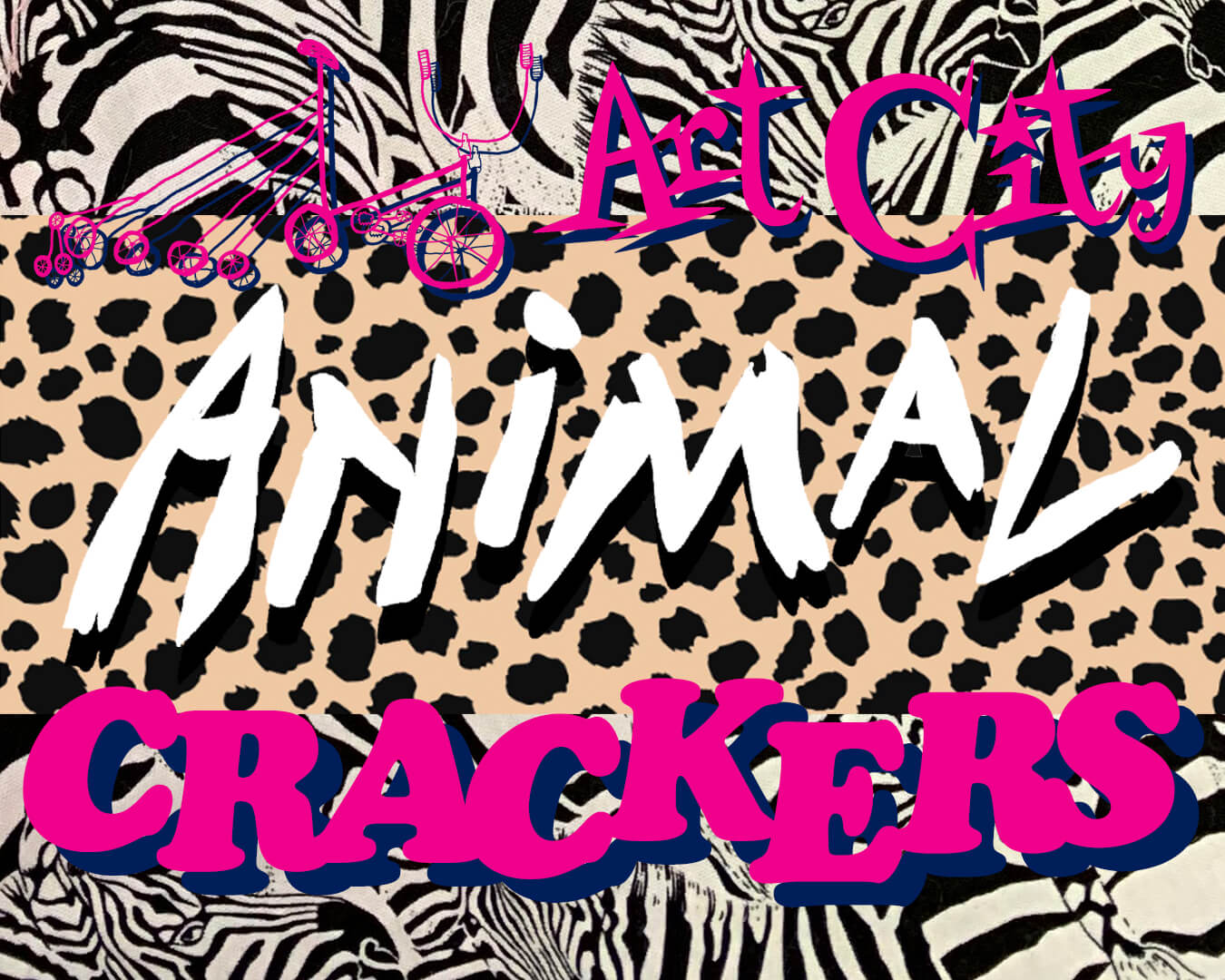
ART CITY’S ANIMAL CRACKERS!
Open 31 July 2024.
Led by instructor Margaret Glavina, Art City Drawing Club (AC/DC) is a free, drop-in drawing program offered weekly at Art City, 616 Broadway.
Glavina leads AC/DC participants of all ages and abilities on a safari of skill building, spending months focusing on a specific theme or subject matter.
Some work in Art City Animal Crackers was created as recently as last week. Other pieces are from the AC/DC archives, created over the span of years by dozens of different artists.
The fish sculptures were created by participants in Art City’s ceramics program, also under Glavina’s instruction.
It is our hope that viewing this work provides visitors with a moment of respite from whatever event might have brought them to Saint Boniface Hospital.
Please enjoy these artworks, appreciate the earnestness with which they were created, and let your mind travel to the natural world these animals inhabit.
The Pluck of Water
September to November 2024
A group exhibition featuring work by KC Adams, Jaime Black, Sarah Crawley, Chantal Dupas, Laila Fazal, Noëlla Gauthier, Ariel Gordon, Ted Howarth, Jennine Krauchi, Mathew Lacosse, Alexis Lagimodière-Grisé, Erika MacPherson, Tracy Peters, Chuckwudubem Ukaigwe, Katherena Vermette, Diane Whitehouse.
